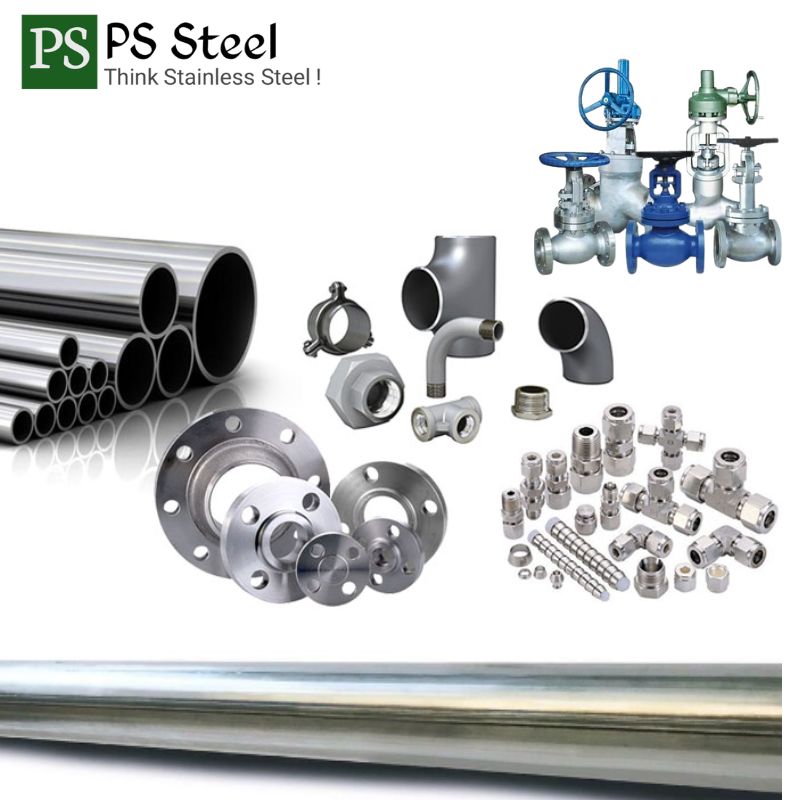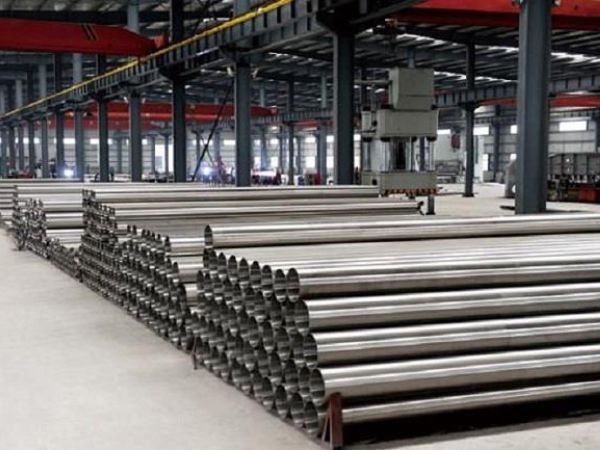Comparing Stainless Steel Pipe Grades: 304 vs. 316 vs. 202
Hey there! If you’re exploring stainless steel pipes for your project, you’ve likely come across different grades like 304, 316, and 202. But what do these numbers mean? How do they differ? And most importantly, which one is right for your needs? Let’s dive into the world of stainless steel pipe grades and get to the bottom of it.

What’s in a Number? Understanding Stainless Steel Grades
Before we jump into the specifics, let’s talk about what these numbers signify. Stainless steel grades refer to the alloy composition and properties of the steel. Different grades are tailored for different applications, and understanding their nuances can help you make the best choice.
Know More: Pipeline Industrial Fittings Solution
Grade 304: The All-Rounder
Grade 304 is like the jack-of-all-trades in the stainless steel world. It’s the most widely used and offers a great balance of properties.
- Composition: 18-20% Chromium, 8-10.5% Nickel
- Corrosion Resistance: Excellent, suitable for a wide range of environments
- Strength and Durability: Strong and durable, ideal for general use
- Applications: Used in kitchen equipment, chemical containers, and architectural structures
Why choose 304? It’s versatile and cost-effective. If your project doesn’t involve highly corrosive environments or extreme temperatures, 304 is a solid choice.

Grade 316: The Marine Marvel
Next up is grade 316, which takes corrosion resistance to another level.
- Composition: 16-18% Chromium, 10-14% Nickel, 2-3% Molybdenum
- Corrosion Resistance: Superior, especially against chlorides and marine environments
- Strength and Durability: Slightly stronger than 304, with better performance under harsh conditions
- Applications: Perfect for marine applications, chemical processing, and medical devices
Why choose 316? If you’re dealing with salty or harsh chemical environments, 316 is your go-to. Its added molybdenum content makes it more resistant to corrosion and pitting.
Grade 202: The Budget-Friendly Option
Related Post: Steel Pipe Fittings Industrial SS Manufacturer & Supplier
Finally, let’s talk about grade 202, which is often chosen for its affordability.
- Composition: 16-18% Chromium, 4-6% Nickel, 7.5-10% Manganese
- Corrosion Resistance: Good, but not as high as 304 or 316
- Strength and Durability: Adequate for many applications, but less durable in harsh environments
- Applications: Used in automotive trim, architectural applications, and kitchenware

Why choose 202? If budget is a primary concern and the operating environment isn’t extremely demanding, 202 can be a cost-effective alternative.
Comparing the Grades: Key Differences
To make things easier, let’s summarize the key differences between these grades:
- Corrosion Resistance: 316 > 304 > 202
- Strength and Durability: 316 is slightly stronger than 304, while 202 is less durable under harsh conditions
- Cost: 202 is the most affordable, followed by 304, with 316 being the most expensive
Making the Right Choice
So, how do you decide which grade to use? Here are a few tips:
- Assess the Environment: If your pipes will be exposed to harsh chemicals or marine conditions, 316 is your best bet. For general use, 304 is usually sufficient. If cost is a major factor and the environment isn’t too harsh, consider 202.
- Consider the Application: Different applications have different requirements. For example, food and beverage industries often prefer 304 or 316 for their cleanliness and corrosion resistance.
- Think Long-Term: While 202 might save you money upfront, 304 and 316 can save you in maintenance and replacement costs over time due to their superior durability.
How to Choose Best Pipe?
Choosing the right stainless steel pipe grade can significantly impact your project’s success. Grade 304 is versatile and reliable, grade 316 offers unmatched corrosion resistance, and grade 202 provides a budget-friendly option for less demanding applications.
Understanding these differences helps you make an informed decision, ensuring your pipes perform well and last long. If you have more questions or need personalized advice, don’t hesitate to reach out. We’re here to help you navigate the world of stainless steel with confidence!

 PS Steel: Contact Us for the Best Stainless Steel Solutions!
PS Steel: Contact Us for the Best Stainless Steel Solutions!

